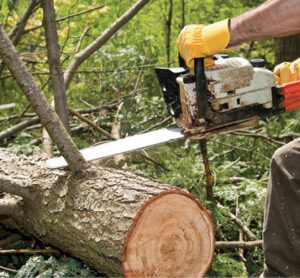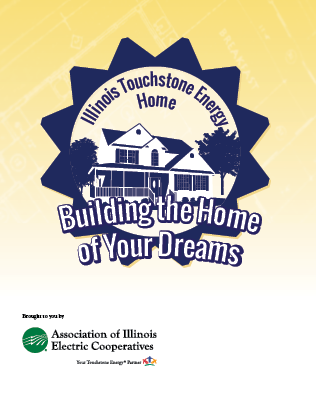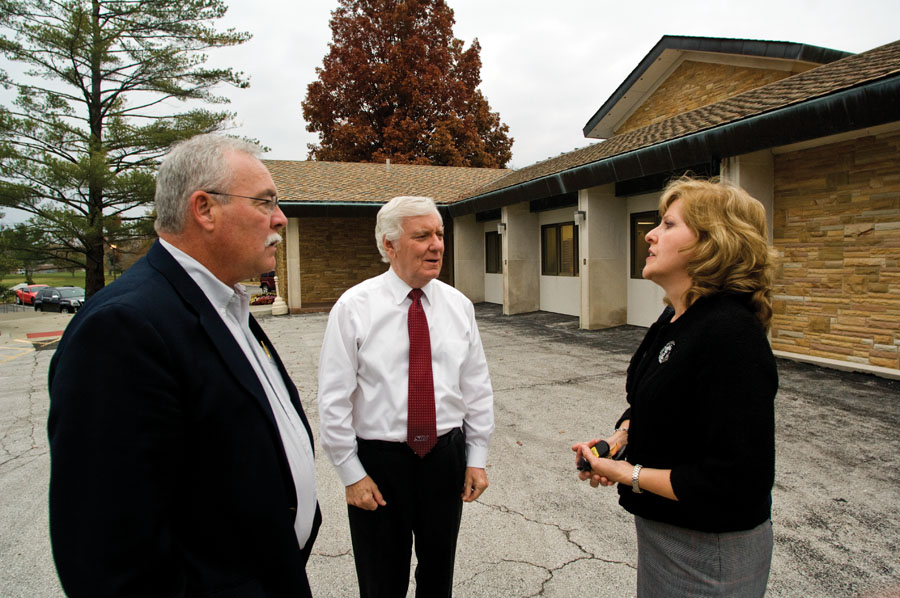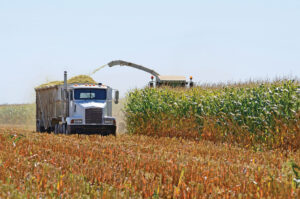 When you are outside enjoying the warm weather and walking through your yard, you will probably be doing the same thing that a lot of others do, admiring the beauty that nature has to offer. Each year I can’t wait for winter to be over! When spring finally arrives, I enjoy watching all the plants and trees in my yard come back to life, and when I notice the unfortunate decline or damage present in the trees in my yard.
When you are outside enjoying the warm weather and walking through your yard, you will probably be doing the same thing that a lot of others do, admiring the beauty that nature has to offer. Each year I can’t wait for winter to be over! When spring finally arrives, I enjoy watching all the plants and trees in my yard come back to life, and when I notice the unfortunate decline or damage present in the trees in my yard.
There are many factors that contribute to these issues. Decline or dying-back could be due to a pest or deficiency that directly impacts the appearance of the tree. Many times the weather plays a large role in damaging our trees. Heavy ice and snow-loading, as well as wind and lightning, are all contributing factors. Either case can pose a hazardous situation for you and your family.
Identify hazards in your trees
- Look for discoloration or lack of foliage
- Appearance of physical damage (hanging or broken limbs)
- Uprooting or visible damage to root system
These are just a few simply identified hazards. Another one often overlooked, and potentially the biggest hazard of all, is the proximity of trees growing under or near power lines.
Safe guarding the hazards
After recognizing the hazards present in your trees, it’s time to decide how to safeguard them to prevent further damage or harm. Not everyone is a tree-care professional. Before deciding to attempt the work yourself, you should consult a professional who is trained and qualified to complete the work. If power lines are present contact your cooperative!
Your utility can assist in eliminating electrical hazards. Keep this in mind when trees have been damaged by bad storms and have fallen into or through power lines. There could be deadly electrical hazards present.
Things to be aware of
- Overhead and/or nearby electrical wires create potential hazards and limit the options for tree cutting. Torn, hanging limbs overhead could make it extremely dangerous to cut downed limbs beneath.
- Most chain saw work on large limbs or trees requires the experience of a trained operator to prevent injuries. Wood under tension (one or both ends of the fallen tree or branch pinned under other branches or debris) can have binds at different places. Releasing that tension with chain saw cuts is extremely dangerous and can seriously, or fatally, harm the chain saw operator.
- Uprooted root plates or root balls are unpredictable. Cutting the trunk of a fallen tree from an uprooted plate releases the pressure holding the root plate. The roots are still anchored and may have enough tension to pull the stump and root ball back into the hole. It could suddenly sit back into the root hole, trapping anything nearby underneath it.
- Slopes and uneven footing surfaces are dangerous while operating a chain saw.
- Watch that bar tip! Cutting branches on the ground can cause you to bury the saw bar in the dirt or hit hidden obstacles, causing chain saw kickback.
- Many homeowners injured doing their own tree work were working alone at the time, significantly lengthening emergency response time and hospital stays. Always have at least one other person work with you. If you get trapped or injured, there’s someone to call for help.
Throughout my career I have heard many horror stories associated with this type of work. So many people own chain saws but don’t truly understand how dangerous they can be when used improperly. When combined with a lack of safety equipment, skill and training, the results can be deadly. If you are ever in doubt don’t risk it. Call a professional.









